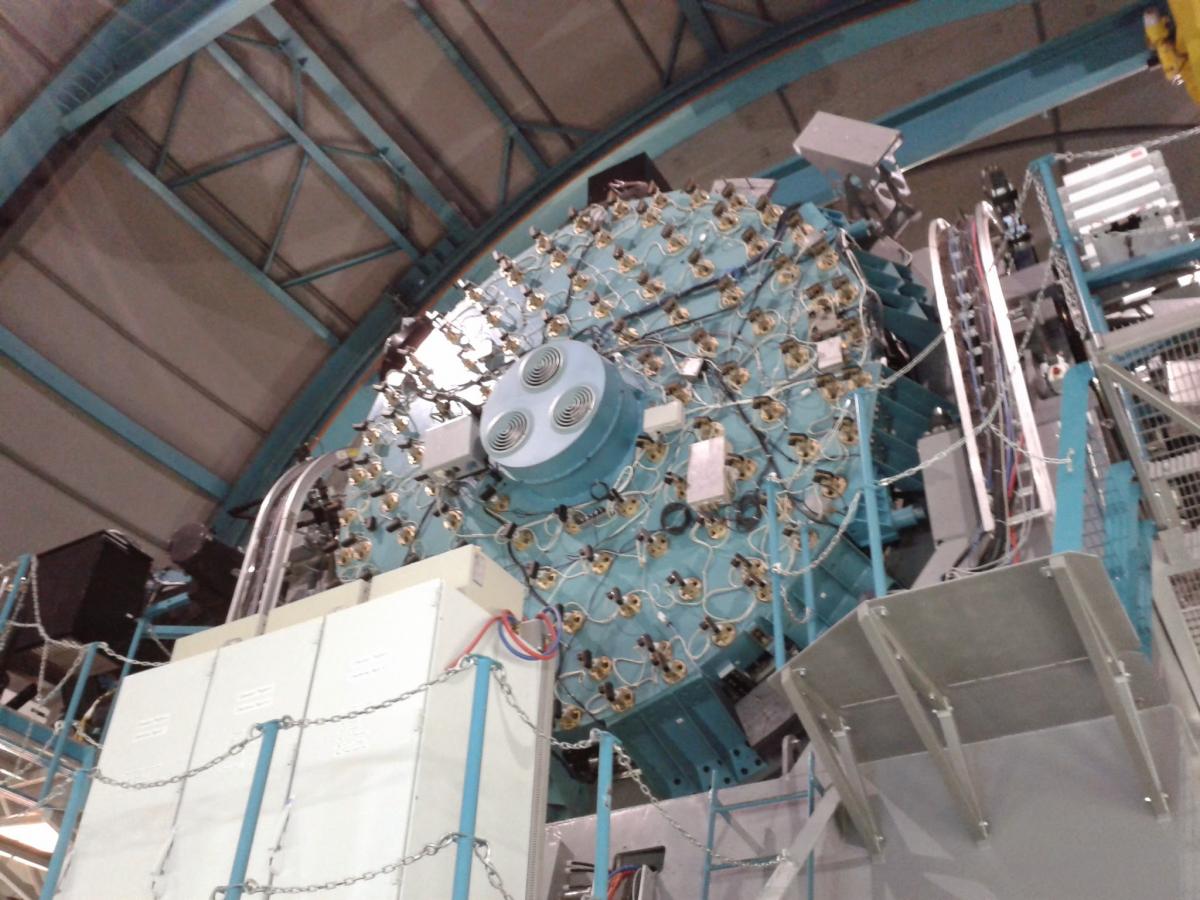Efficient Observing
This page contains information - or links to information - that will help observers plan and execute their observing efficiently. It is recommended that you read through this content before you start detailed planning for a night of observing.
Telescope Pointing Limits
(updated October 2024)
Because SOAR is an Alt-Az telescope, it cannot track objects at zenith. The telescope has the following limits in elevation:
- Maximum elevation: 88.5 deg (Note - following the Jan 2019 earhquake, the elevation encoder tape sustained damage, which degraded our elevation limit. This issue has been resolved). Note that tracking close to this limit may be degraded somewhat.
- Minimum elevation: 15 deg (however, normally we recommend avoiding elevations lower than 20 deg)
- SOAR ADC: The Atmospheric Dispersion Corrector in the Optical Nazmyth port is used to correct for atmospheric dispersion when using the Goodman High Throughput Spectrograph (GHTS), mostly in MOS mode or when the particularities of the target do not allow setting the slit at the parallactic angle. The ADC has a full correction limit of 30 deg elevation. This means that for elevations below 30 deg the correction will be only partial.
SOAR Overheads
The page here provides information on observing overheads and how to minimize them.
SOAR Guiding and Active Optics Optimization
SOAR's three mirrors are controlled by an active optics systems and a system of wavefront sensors, which include the guiders. Although this is largely managed by the telescope operators, observers should read this summary in order to understand how to get the best imaging performance from the telescope.
Updated on October 7, 2024, 5:55 am
